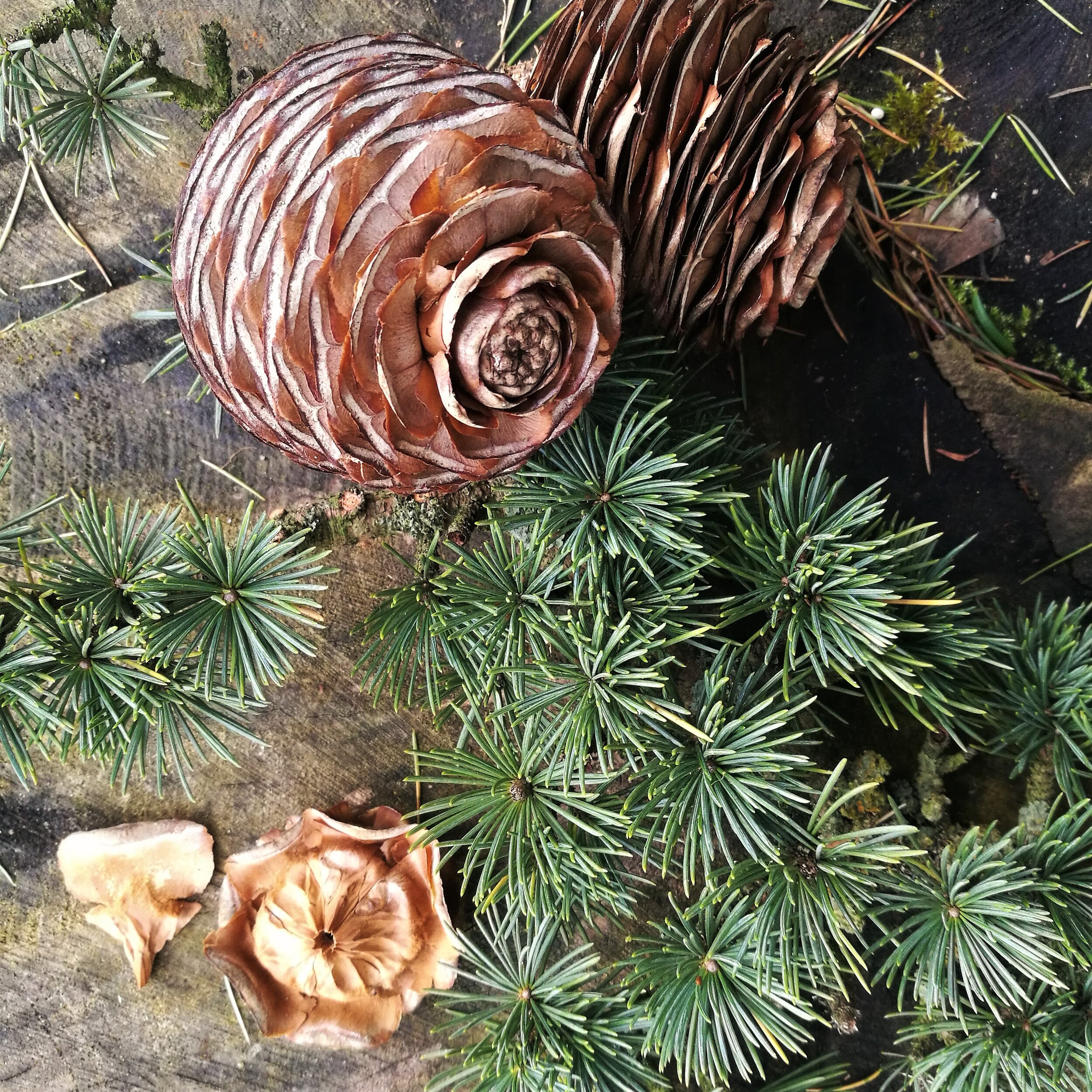Foraging and Identification - An Introduction and a caveat
This is the section I find most daunting, not only because there is so much to say on the topic, but because there is a big responsibility to do it well. It worries me to think that what’s written here could be misinterpreted, or that my details are inaccurate, and that someone comes to harm. Therefore, let me state that this section is the work of a student and enthusiast - someone on a lifelong journey of learning about edible and inedible plants, trees, and fungus. When working for the Royal Botanical Gardens and specialising in public education around the medicinal plant collection, I had to be so very careful in how I interpreted information for visitors. I would be asked questions such as, ‘What should I take for my poor digestion?’ and while I could point them to many excellent herbs and other plants used for just such a purpose, I could never offer anything that could be taken as medical advice.
I am not a medical professional, nor can I claim expertise in any field that would make me an authority of any kind. I will phrase my learning about the organisms listed in this section carefully: these are uses that others (and myself, in most cases) have put them to, rather than advice for the reader. Always read multiple sources of information before consuming anything you find in the wild, or better yet, check with a professional before consuming anything that might cause results other than what you’d like. It is every person’s responsibility to minimise risk for themselves, and good authorities are available for help, should the reader decide to start this learning process for themselves.
I will not be ‘dumping’ a huge amount of information in this section at once. It’s my intention to go slowly and add to the section gradually. Once I have enough specimens, I’ll reorganise it by broad category so as to help with navigation. Bear with me, there’s plenty to do!

